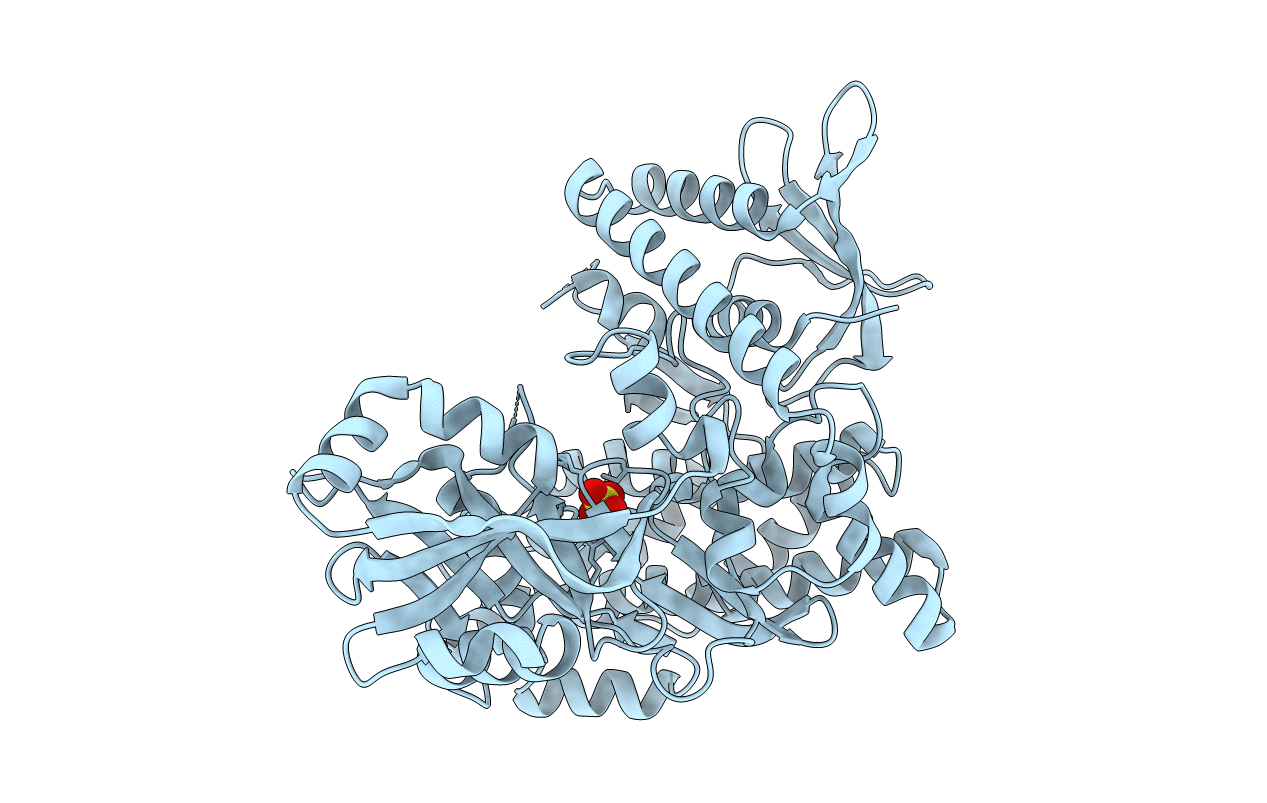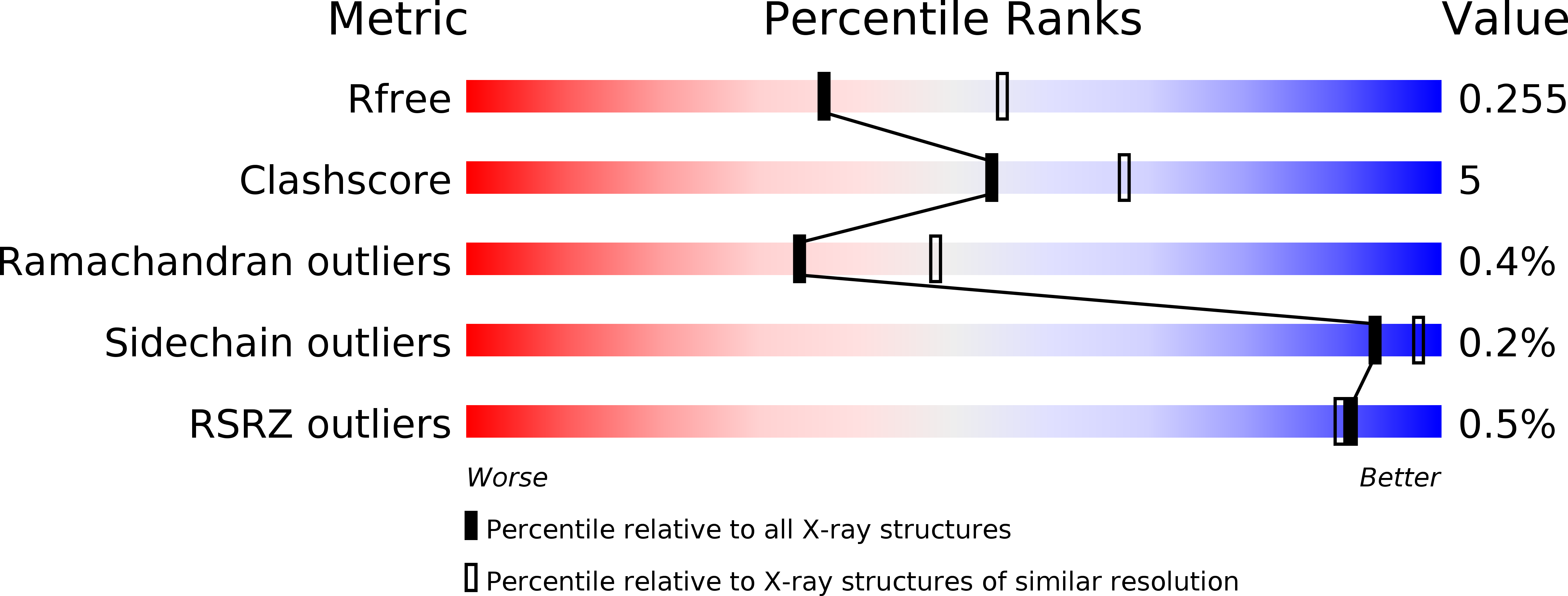
Deposition Date
2016-04-28
Release Date
2016-06-15
Last Version Date
2024-03-06
Entry Detail
PDB ID:
5JM7
Keywords:
Title:
The structure of aerobactin synthetase IucA from a hypervirulent pathotype of Klebsiella pneumoniae
Biological Source:
Source Organism:
Klebsiella pneumoniae subsp. pneumoniae (Taxon ID: 72407)
Host Organism:
Method Details:
Experimental Method:
Resolution:
2.40 Å
R-Value Free:
0.25
R-Value Work:
0.21
R-Value Observed:
0.21
Space Group:
P 62 2 2


